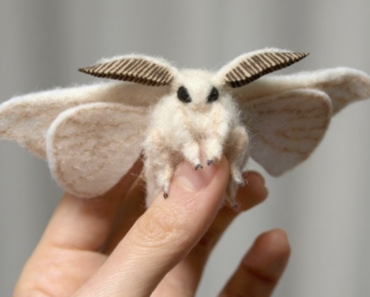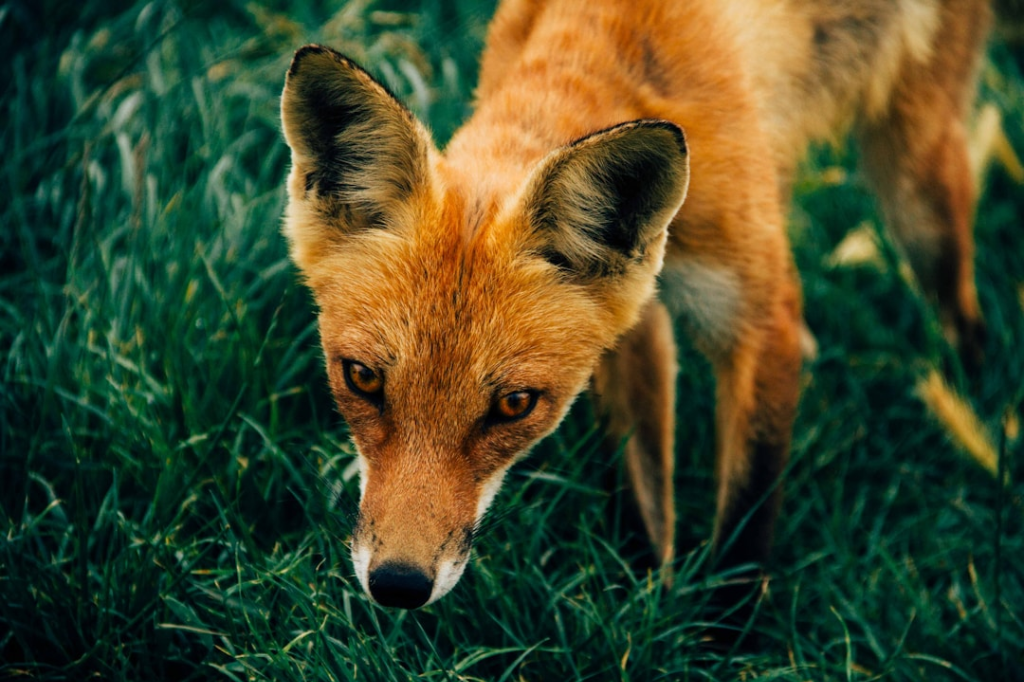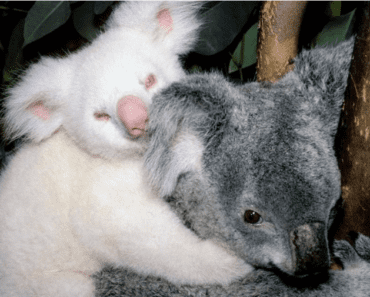What Animal Eats Spiders: A Deep Dive Into The Predators of Nature
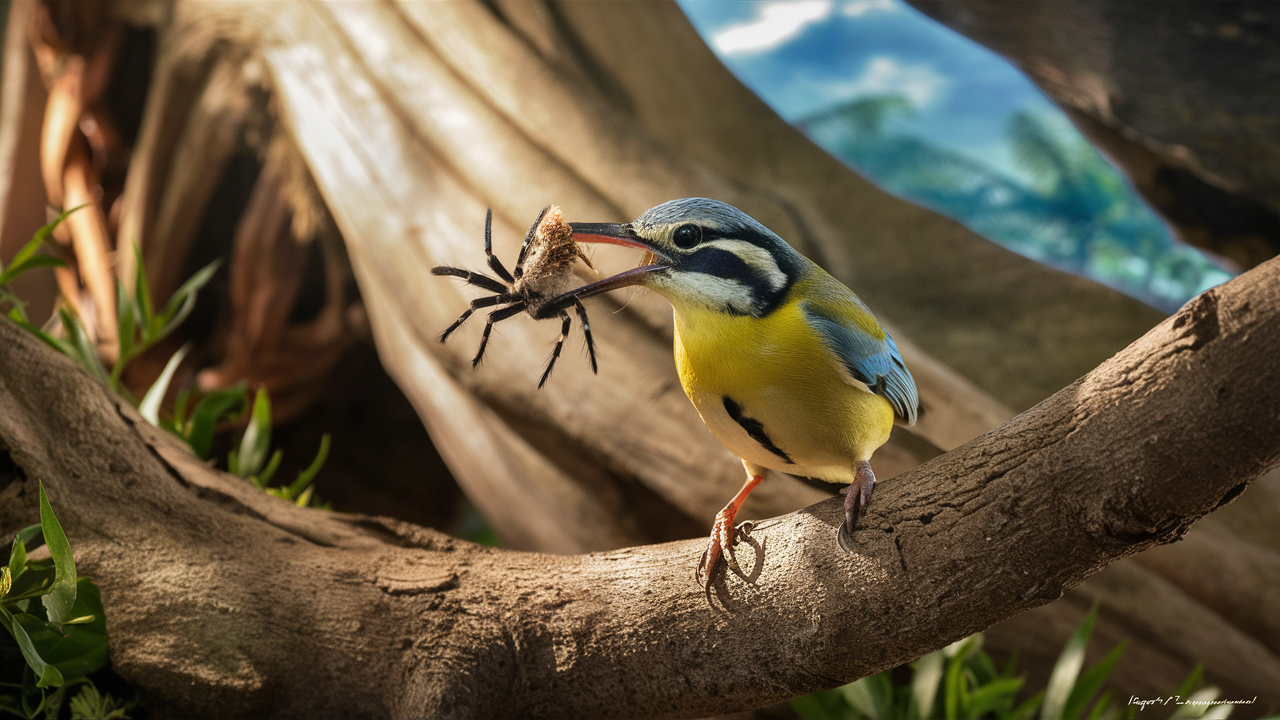
What Animal Eats Spiders
Spiders, while looking very menacing at times, are an important and vital part of ecosystems all over the world. They exist as both predator and prey, helping to keep the balance of many insect populations. But, spiders exist in the food chain as well and have many predators of their own to keep the balance. In this blog post, we take a deep look at who the predators of spiders are, and how exactly they go about hunting and catching these eight-legged creatures.
What Eats Spiders: An Introduction Spiders exist in virtually every habitat across the planet. Their distribution ranges from dense tropical rainforests to arid deserts and from sea level to altitudes towering above the clouds. With over 48,000 identified species, spiders come in nearly all sizes, colors, and behaviors. As creepy or unsettling as many people find spiders, without them, the food chain would implode. Thanks to them, a healthy natural food chain exists. Through this post, we will explore the complex and interrelated webs of our ecosystems as we outline What Eats Spiders.
Birds Birds are some of the most common spider predators. Many species of birds hunt spiders to supplement their diet of foods to increase fat or protein, such as nuts, seeds, berries and small animals. These latter animals include spiders. Birds can be very efficient at hunting for spiders because of how agile and sharp eyesight they possess.
Here’s What Eats Spiders Common Bird Predators:

- Flycatchers: These birds are very agile and known for their incredible skills when hunting on the wing. They capture spiders directly from their webs or other perches. Flycatchers have bristle-like beaks that allow them to pick up their prey.
- Wrens: Small and agile, wrens are often seen foraging amidst shrubs and underbrush where spiders are abundant. Wrens are hardy predators with thin bills that constantly probe in the tiniest recesses for spider refuges.
- Bluebirds: Known for their unrelenting appetites, bluebirds are pleased to add spiders to their diet to provide protein-laden meals for their young. A particular joy is the observation of brilliantly colored bluebirds warbling in meadows.
- Swifts and Swallows: Swifts and swallows catch spiders in mid-flight, adding to the phenomenon of speed and agility. Swifts and swallows are the epitome of aerial ability, often performing rapid aerial acrobatics as they hunt.
Reptiles and Amphibians Reptiles and amphibians represent another group of animals known to have spiders on their menu. In fact, both of these groups are opportunistic feeders; they will eat whatever prey happens to be available to them. Their mode of foraging as well as some physical adaptations make members of these groups formidable predators of spiders. Examples of these species are as follows:
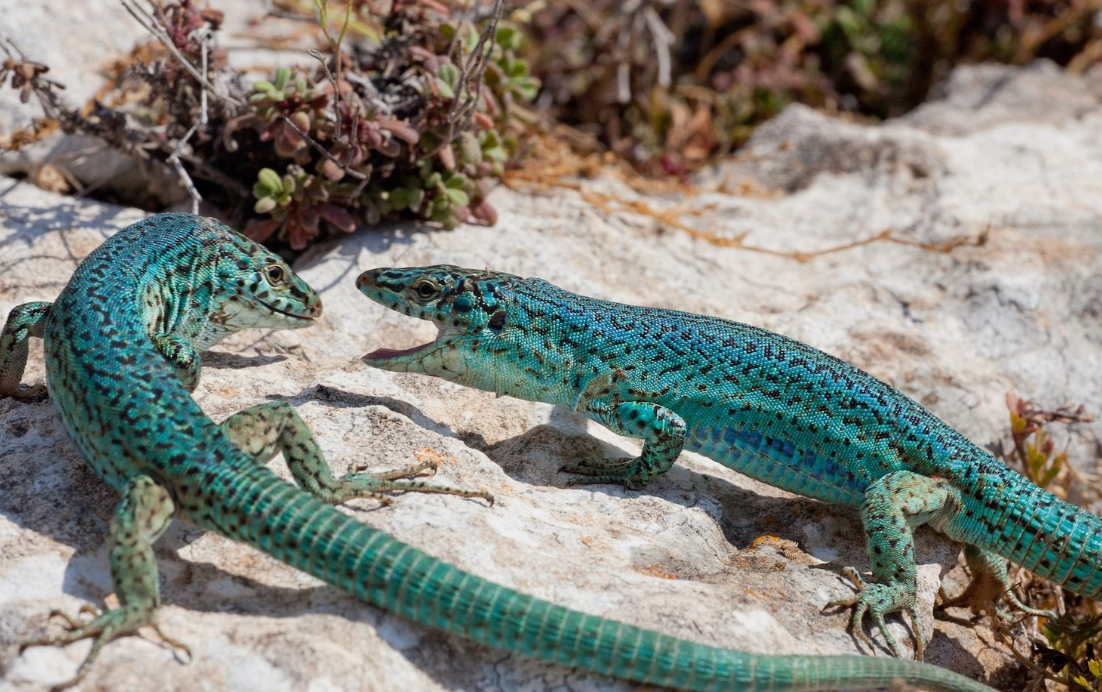
- Lizards: Favorite among geckos and anoles, this most effective predator, with extremely deft reflexes, uses its sticky tongue to the fullest in capturing spiders. These lizards typically camouflage well with their habitat and are able to loon in on them to ambush unsuspecting spiders.
- Frogs and Toads: These two groups of amphibians contain many families that feed on spiders among other insects with long sticky tongues that enable them to seize prey quickly. Frogs and toads are both nocturnal predators and rely on motion to detect prey with their keen eyes.
- Snakes: Small snakes, such as rough green snake, will feed on spiders if other favored items are scarce. They use their duality of sensory reception, forked tongues to detect chemical traces left by spiders to lead them to their next meal.
Mammals While mammals are not as avid spider consumers as birds and reptiles, a number of species include spiders in their diet. Some are particularly insectivorous or omnivorous, making this group a good fit with their other dietary needs.
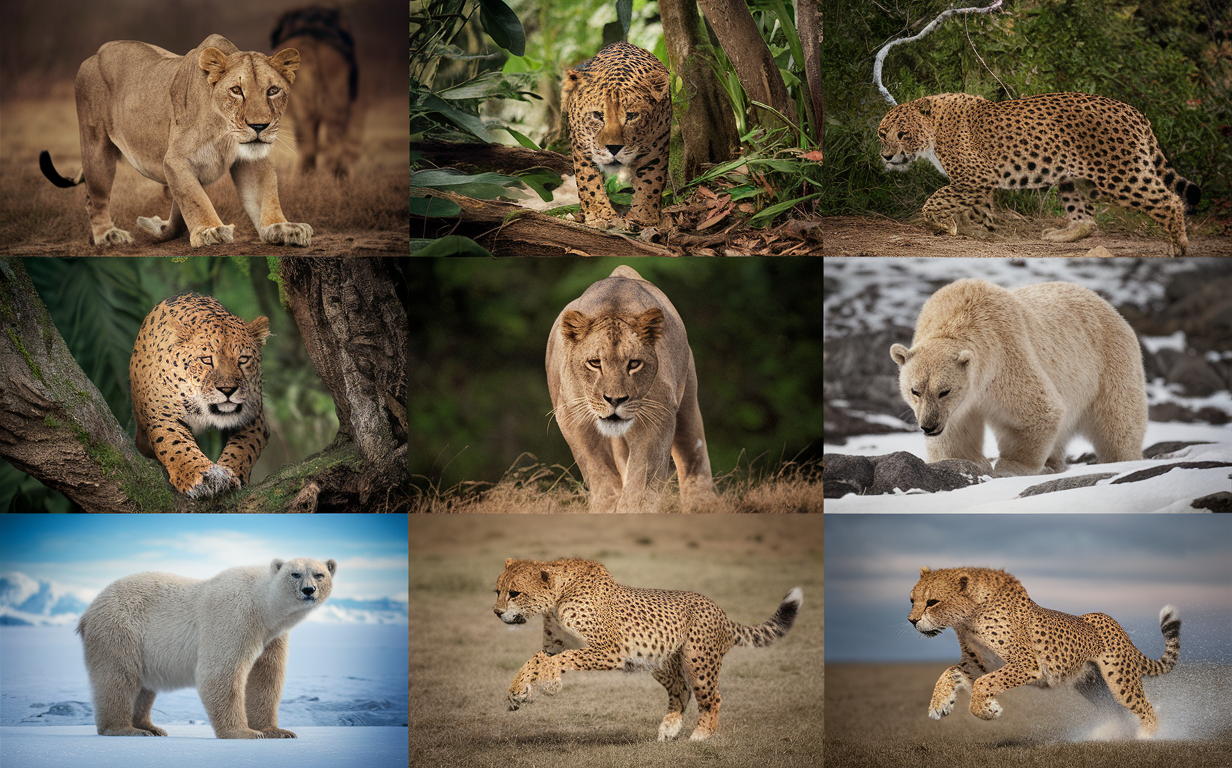
Notable Mammal Predators
- Shrews: Spiders are an important food item for these small insectivorous mammals, because of their high metabolism and need for frequent food intake. Shrews also have venomous saliva, which they use to help paralyze their insect prey, including spiders.
- Bats: Because certain species of bats occasionally catch and eat spiders and forage close to the ground or in vegetation, they may acquire a spider while hunting for other food items. They use echolocation to navigate through their environment, that is, they send out high-frequency pulses of sound and “see” objects based on the returning reflection.
- Primates: A few primates, including certain monkey species, have been known to consume spiders as part of their varied diet. The intelligence of these animals leads to behaviors such as capturing spiders and other prey with the use of tools or dexterous hands.
Other Insects and Arachnids Spiders are also preyed upon by other insects and arachnids, which is quite remarkable and testifies to the intricacy and diversity of nature’s ecology. These interactions lend perspective to the subtle balance in the predator-prey relationships of natural communities. Several spiders are preyed upon by several wasp species. They paralyze the spider with a sting, then either transport the spider to a nest, or lay an egg on the spider’s abdomen or elsewhere. When the egg hatches, the wasp larva has a living food source.
This interaction between hosts and wasps is an example of parasitic behavior in nature. Centipedes nocturnally hunt and consume spiders. They use their venomous claws, which are adaptations of the first pair of legs, to paralyze the spiders. Being fast predators, centipedes can catch living spiders running on a substrate like leaf litter or soil. Other Spiders: Spiders, as it turns out, eat other spiders, even of their same species. Large species of spiders, like the tarantula, ingest significantly smaller species of spiders. This will work as a regulatory control on spider populations, allowing only the fittest spiders to reproduce.
Fish One might not immediately think of spiders as a group calling to mind the thought of something that fish prey upon, but, in fact, several species are predated upon by fish, especially those living near the water’s edge. This surprising predation just serves to demonstrate the ingenuity of fish in exploiting whatever resources of food that is available to them.
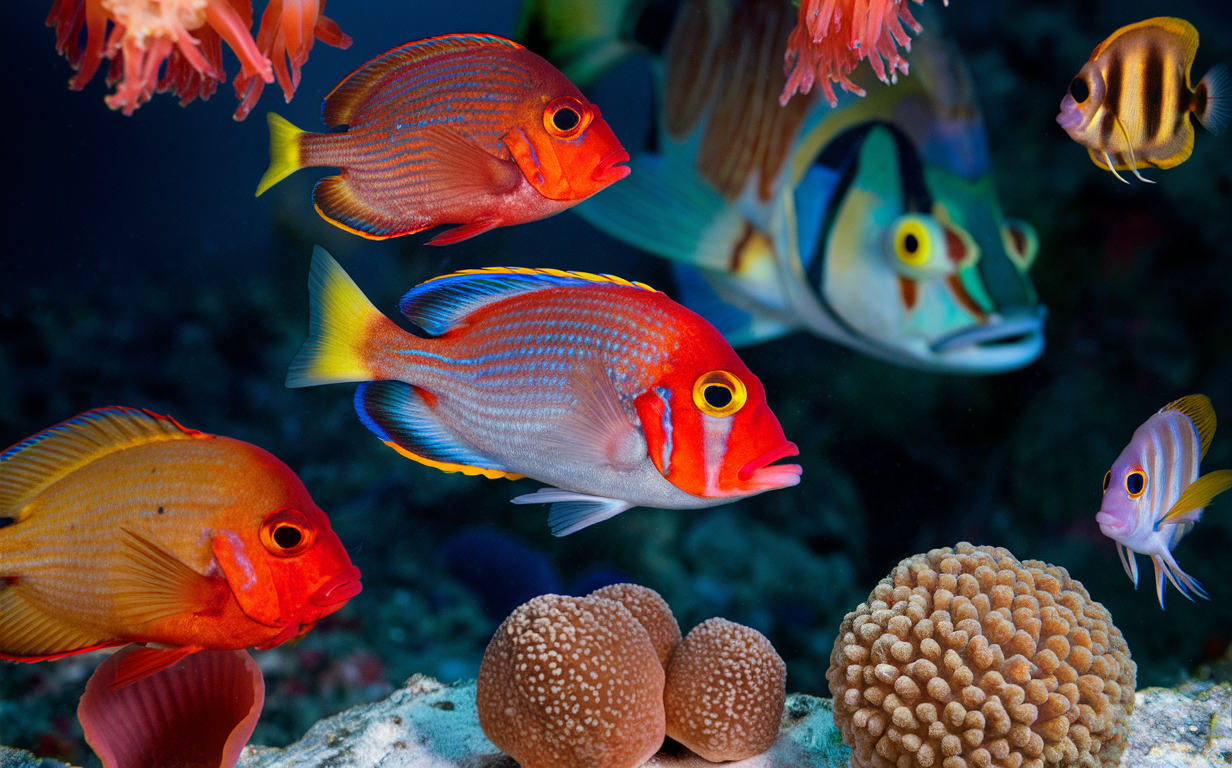
Example Sentence
- Trout and Bass: These commonly eat spiders which might be falling into freshwater streams and ponds. They are very opportunistic feeders, eating about anything that falls into the water.
- Archerfish: These fish actually shoot jets of water to knock spiders and insects down onto the surface of the water, where their prey is easily captured. This allows them to feed on prey that is out of reach by preying on them first.
Conclusion The predation of spiders by flora is a perfect showcase of the intricate web of interdependence that exists among communities. Knowledge of such interactions gives us an insight into the complexity and lucidity of natural communities. From birds and reptiles to mammals and insects, there is a vast host of animals dependent on spiders for food.
A stroll through them will give the onlooker an idea of the fine web spun by this balanced ecosystem. For the naturalist, the biology student, and even the curious among us, we hope that this little foray into the world of spider predators has been enlightening. If you liked this post, do share it with others and help us spread more knowledge about the exciting interplay of life on Earth.
